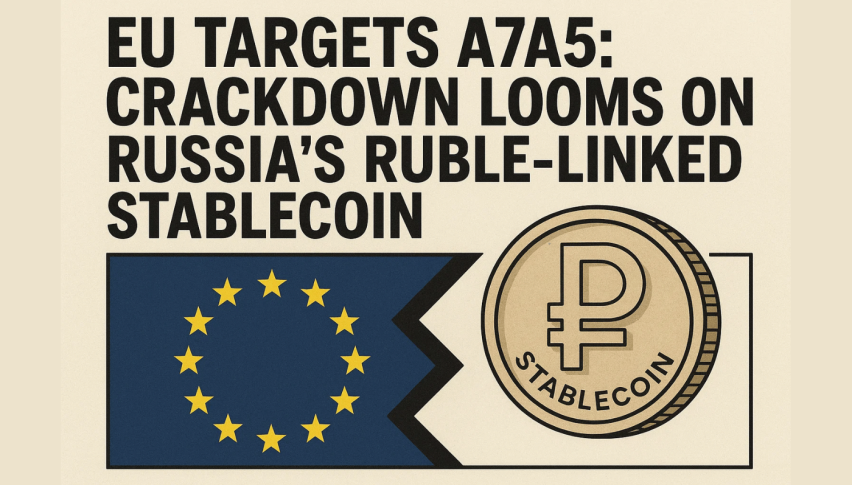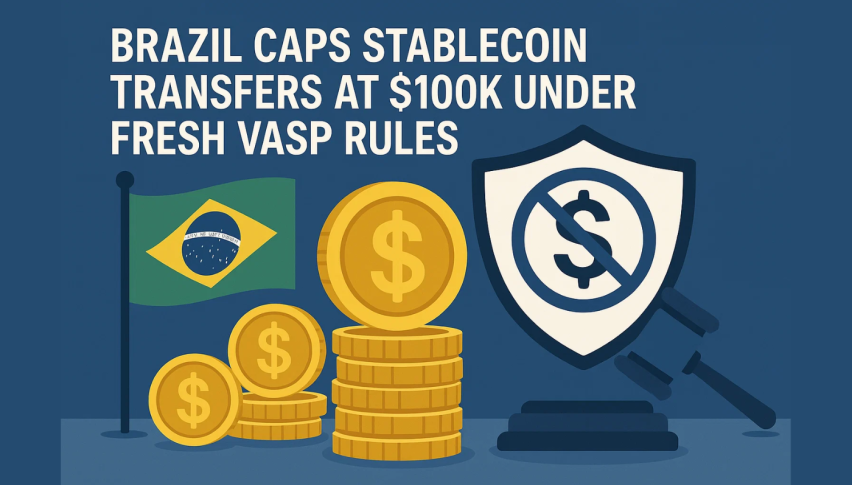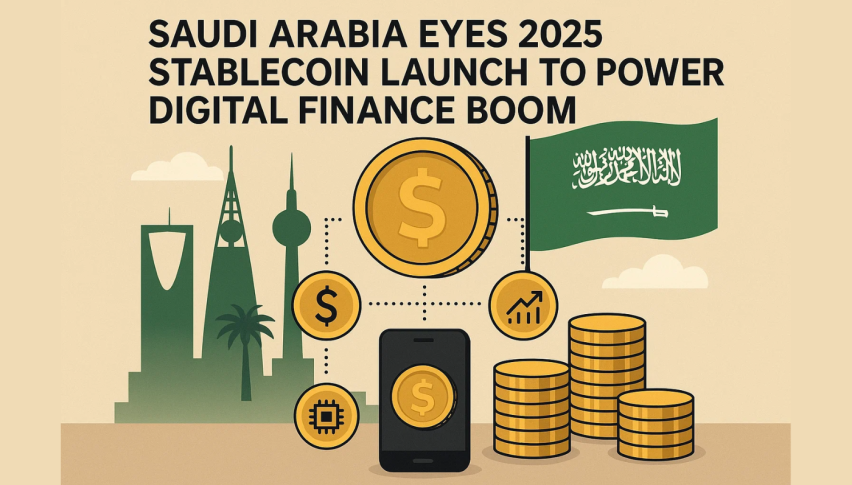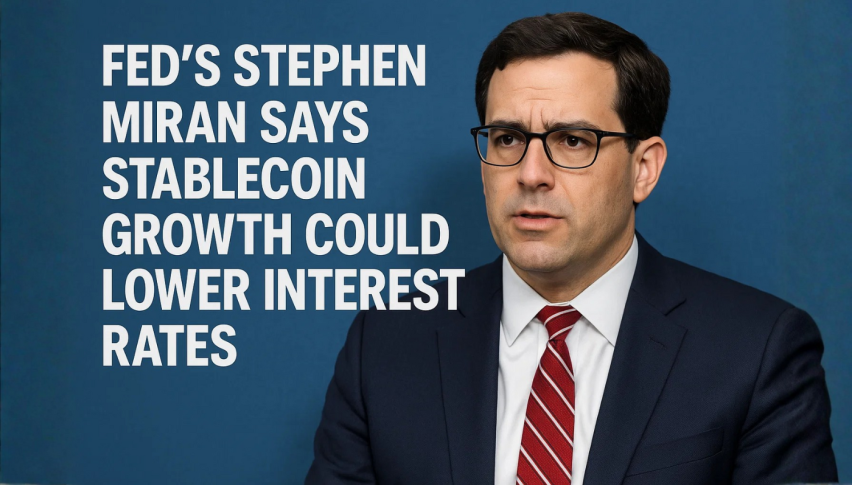EU Targets A7A5: Crackdown Looms on Russia’s Ruble-Linked Stablecoin
The Russian ruble-backed stablecoin A7A5, which has quickly expanded to become the largest non-US dollar stablecoin globally...

Quick overview
- The Russian ruble-backed stablecoin A7A5 has rapidly become the largest non-US dollar stablecoin, prompting the EU to consider new penalties against it.
- A7A5, launched in February 2025, is linked to the Russian currency and has seen its market capitalization surge despite existing sanctions.
- Concerns have arisen that A7A5 may facilitate Russia's evasion of sanctions and finance dual-use goods, particularly through transactions involving China.
- The proposed EU sanctions could represent a significant escalation in efforts to control cryptocurrency assets associated with Russia.
The Russian ruble-backed stablecoin A7A5, which has quickly expanded to become the largest non-US dollar stablecoin globally, is apparently the target of fresh penalties that the European Union is preparing. The EU wants to prevent its members from dealing with A7A5 directly or indirectly, according to a Bloomberg story. The action is in response to mounting worries that the token is assisting Russia in evading sanctions from the West.
The European Union has proposed imposing sanctions on A7A5, a ruble-backed stablecoin tied to sanctioned Russian actors https://t.co/4vNZ50plrN
— Bloomberg (@business) October 6, 2025
A7A5’s Rapid Growth and Global Reach
The A7A5 was introduced in February 2025 and runs on the Ethereum and Tron blockchains. It is 1:1 correlated with the Russian currency. It was founded by the Russian state-owned bank Promsvyazbank (PSB) and the payments company A7, which is owned by Ilan Shor, a banker from Moldova.
The United States, United Kingdom, and European Union have already imposed penalties on Shor and PSB. The cryptocurrency promises to provide users with a modest daily interest income and is guaranteed by accounts in Kyrgyz banks.
A7A5 has become extremely popular in spite of the bans. In a single day on September 26, just one week after the EU’s most recent round of crypto penalties, its market capitalization soared from $140 million to nearly $490 million. At $500 million, the token is currently stable and accounts for around 43% of all stablecoins that are not dollars.
The proposed penalties from the EU also target a number of institutions in Central Asia, Belarus, and Russia, apparently assisting sanctioned entities in transferring funds via cryptocurrency.
The September sanctions that prohibited all cryptocurrency transactions involving Russian users were followed by these additional limitations. The plan still needs the consent of all 27 EU members before it can be implemented.
Concerns Over Sanction Evasion and Global Expansion
Russia is working to create banking instruments that circumvent the SWIFT system, which it was barred from following its 2022 invasion of Ukraine, according to analysts. A7A5 manages more than $1 billion in transactions every day, with total volumes exceeding $41 billion, according to data from blockchain analytics companies Elliptic and TRM Labs.
Western officials are concerned that the token may be used to finance commerce in dual-use goods, or those that may be used for both military and civilian reasons, particularly through channels in China and Central Asia.
According to data from the Centre for Information Resilience (CIR), 78% of A7A5’s August transactions went through Chinese authorities. The project has also spread into Africa, with new offices in Zimbabwe and Nigeria.
Major nations like Singapore have banned the coin, but A7A5 was nevertheless present at the Token2049 crypto conference in Singapore. Oleg Ogienko, a company executive, spoke on stage before the project was kicked out of the event.
It has been reported that Shor, who is still wanted in Moldova for a large banking scam dubbed “the theft of the century,” still owns 51% of the A7 issuer, with PSB owning the remaining shares. Both still maintain that A7A5 is a decentralized, autonomous stablecoin and claim direct control over the project.
Even though its transparency is questioned investors are yet drawn to A7A5. It demonstrates how cryptocurrency is being utilized more and more in international banking despite efforts by governments to control it with over 24,000 holders and increasing liquidity.
The EU’s sanctions targeting cryptocurrency assets connected to Russia might be among the most severe measures yet if they are approved.
- Check out our free forex signals
- Follow the top economic events on FX Leaders economic calendar
- Trade better, discover more Forex Trading Strategies
- Open a FREE Trading Account


